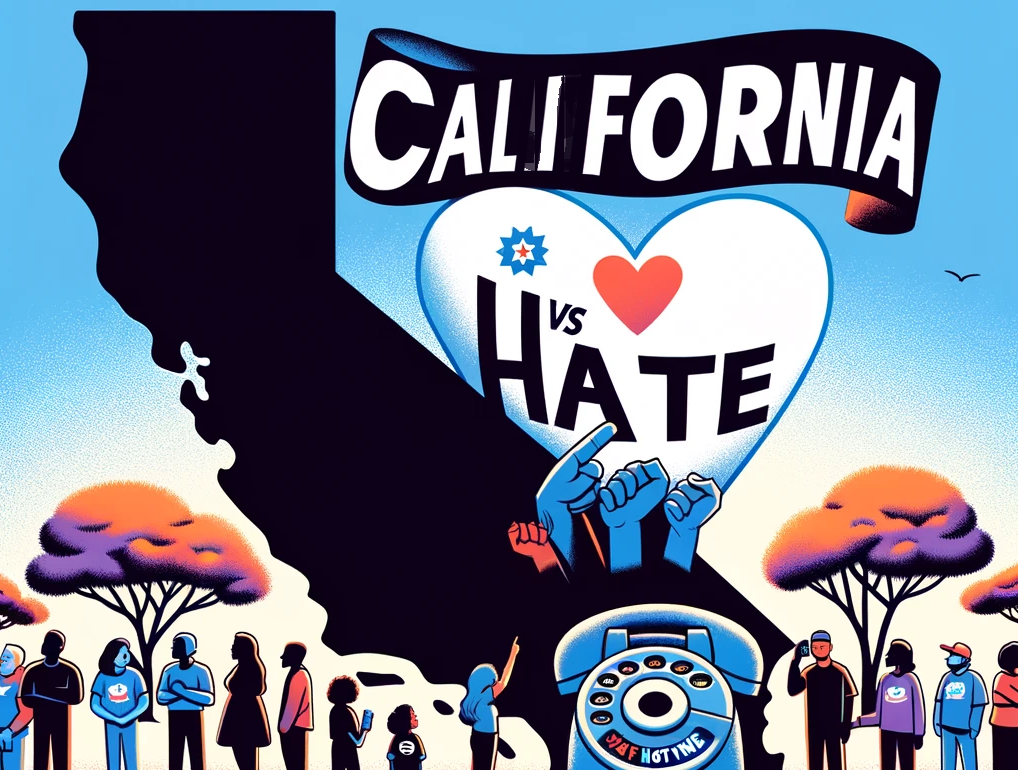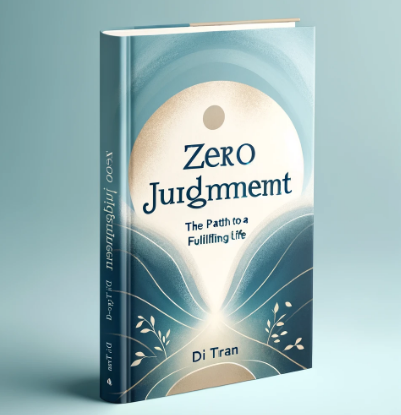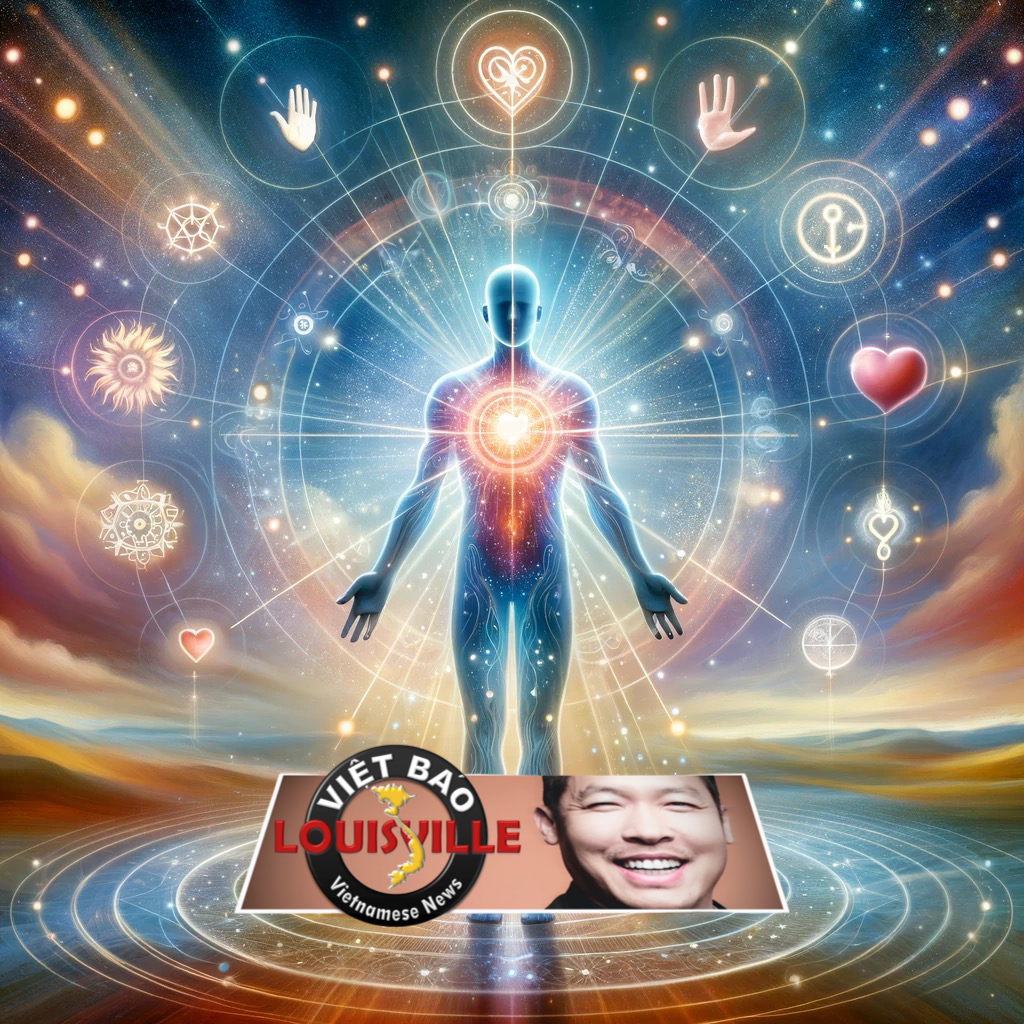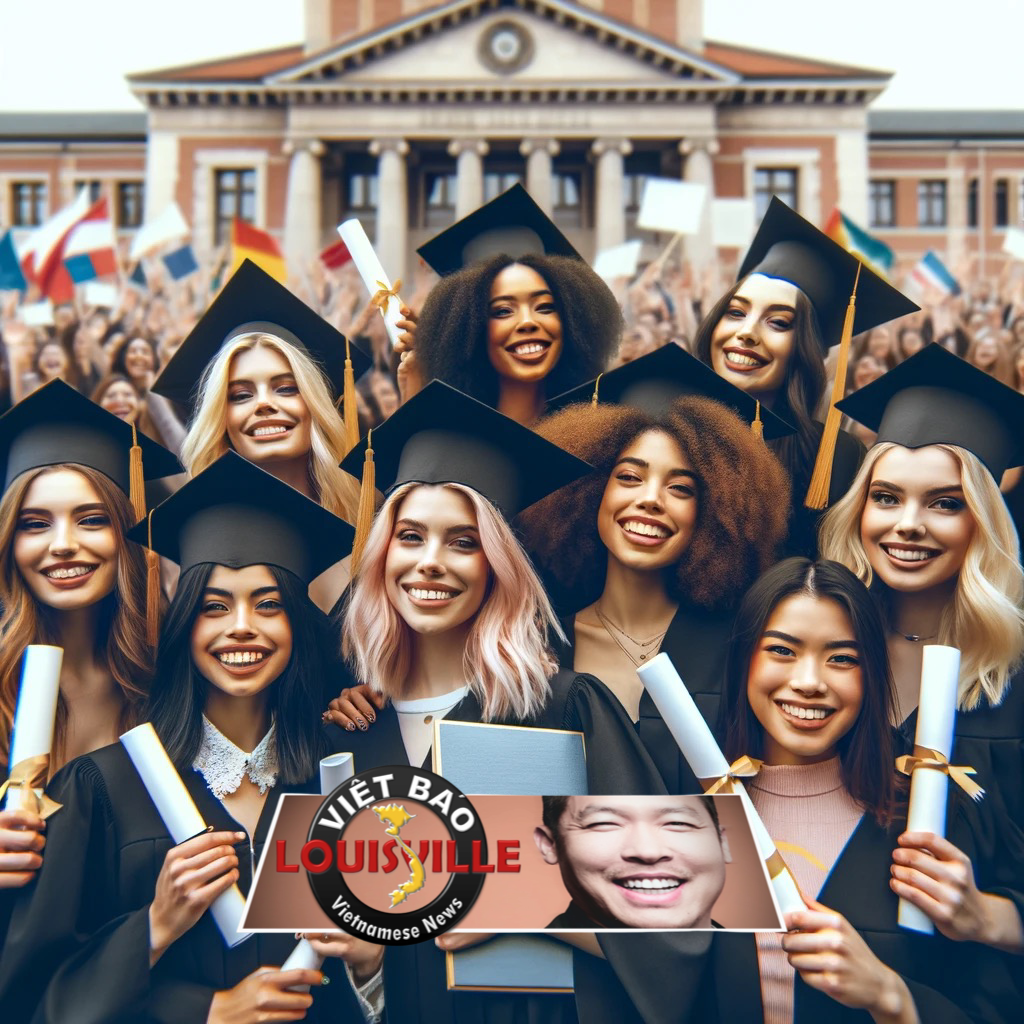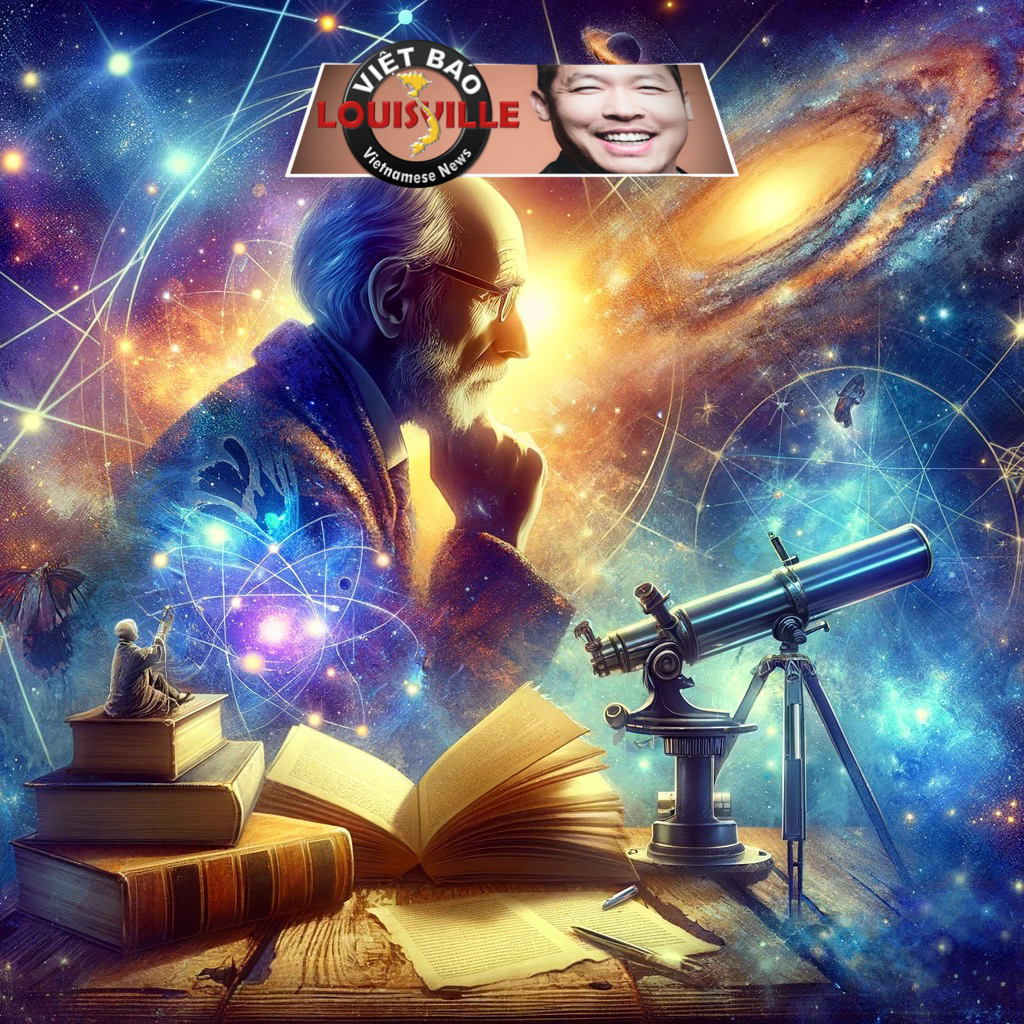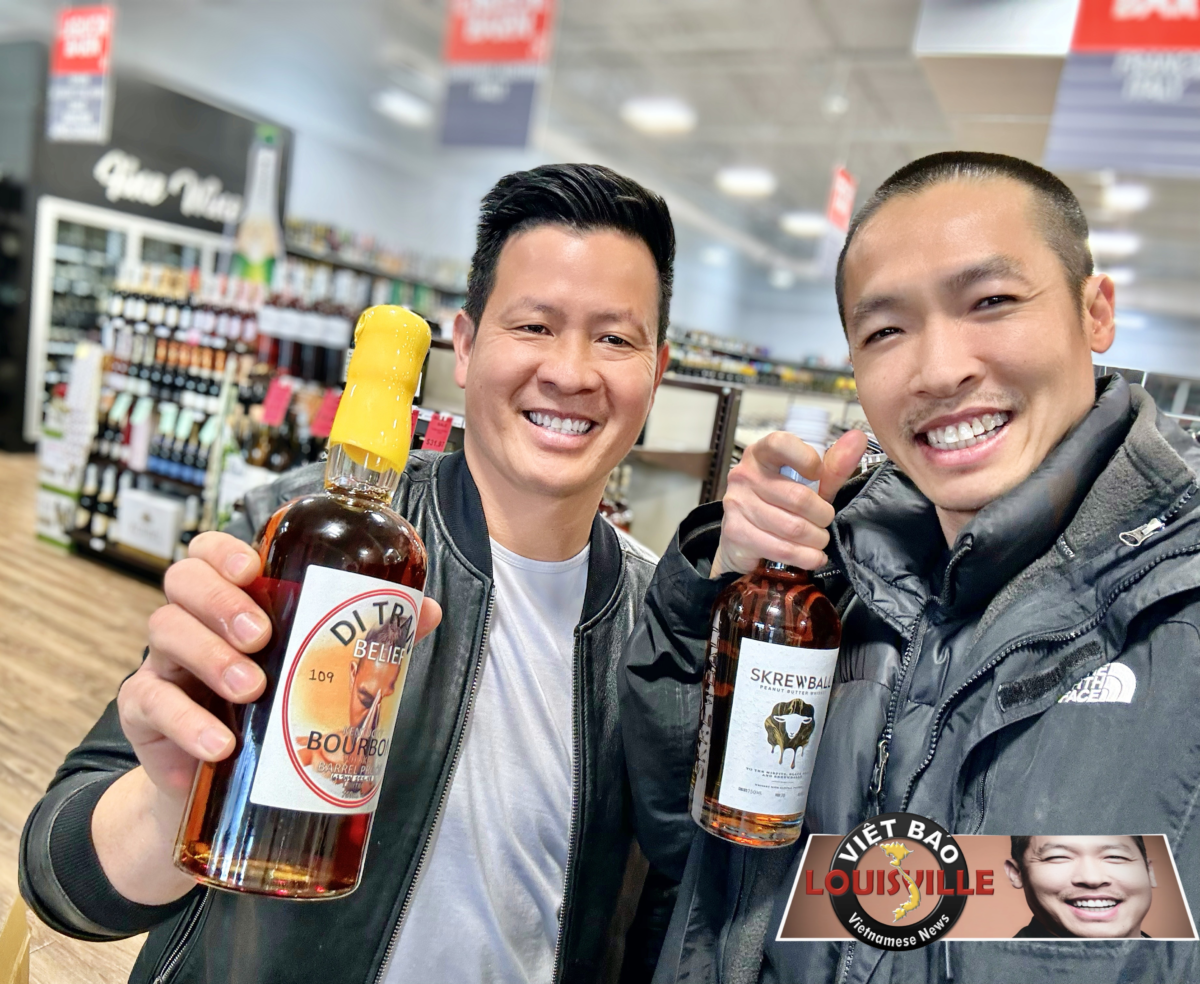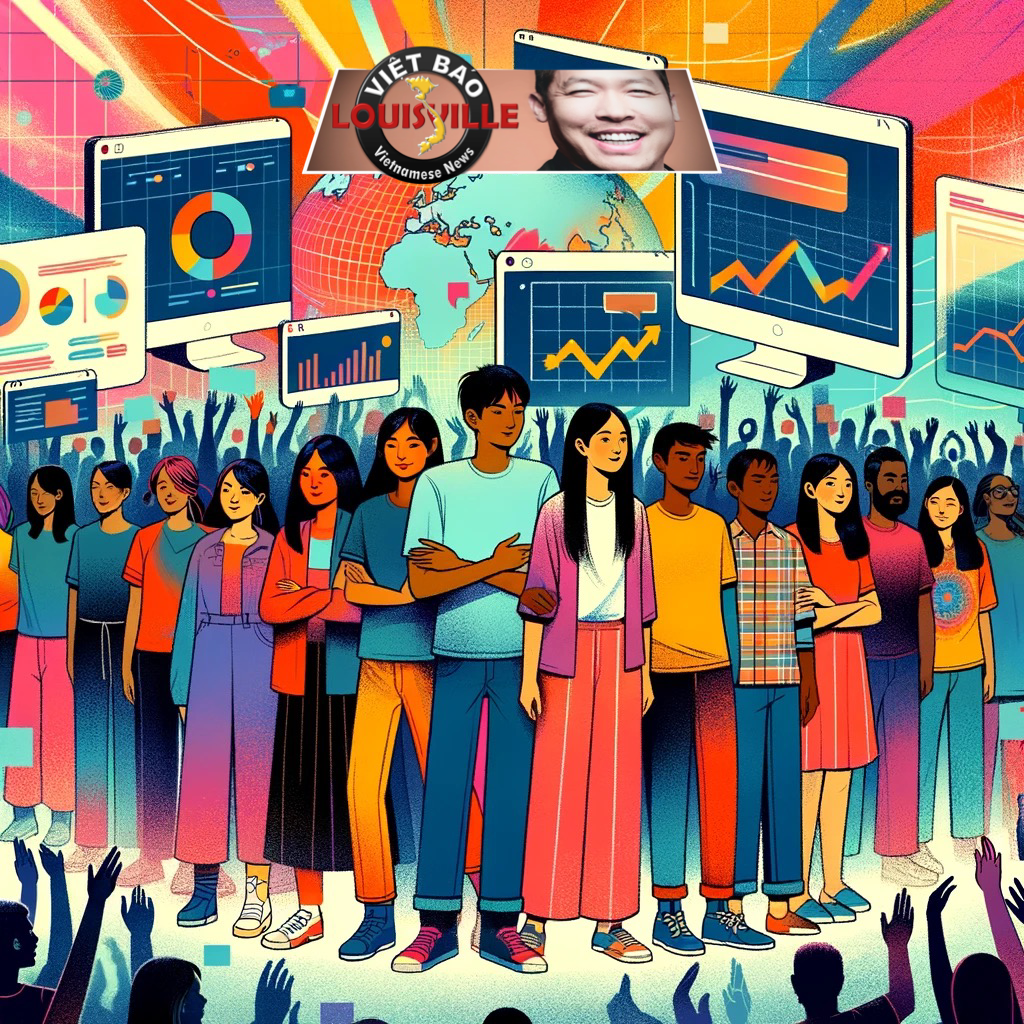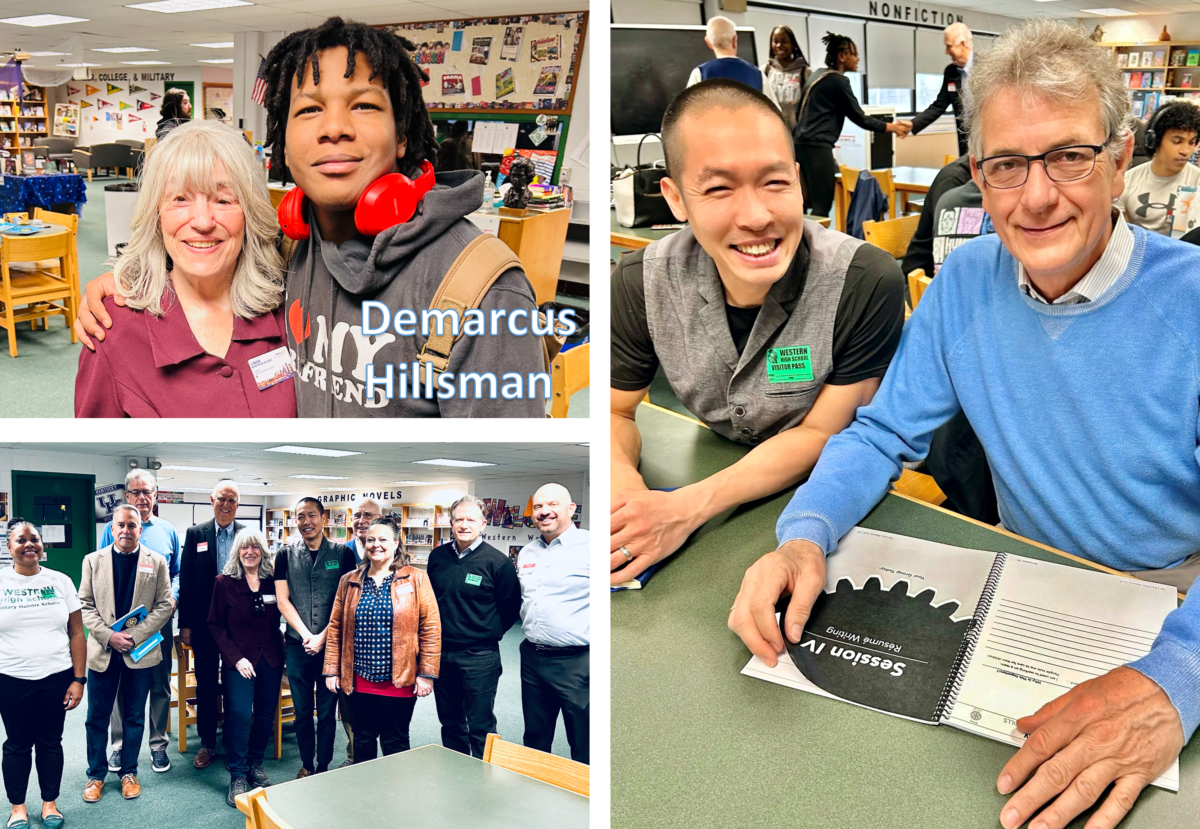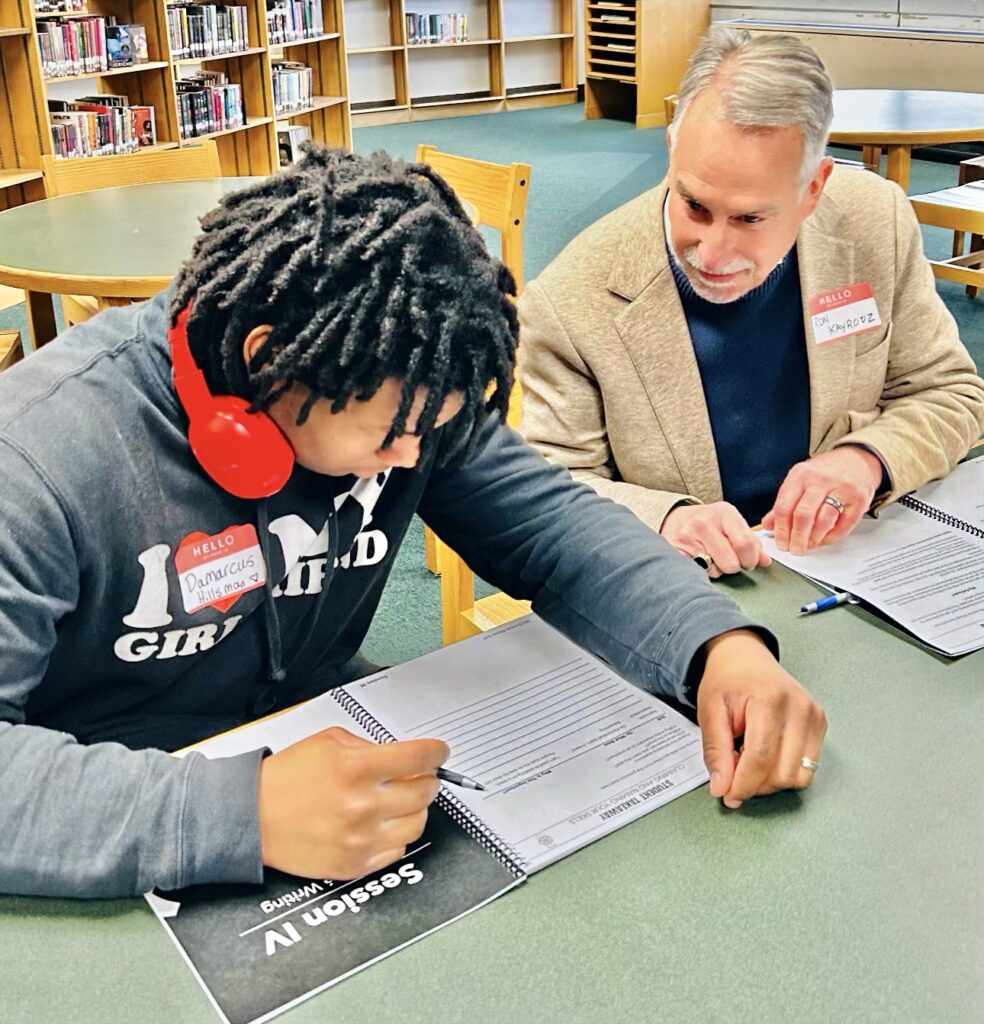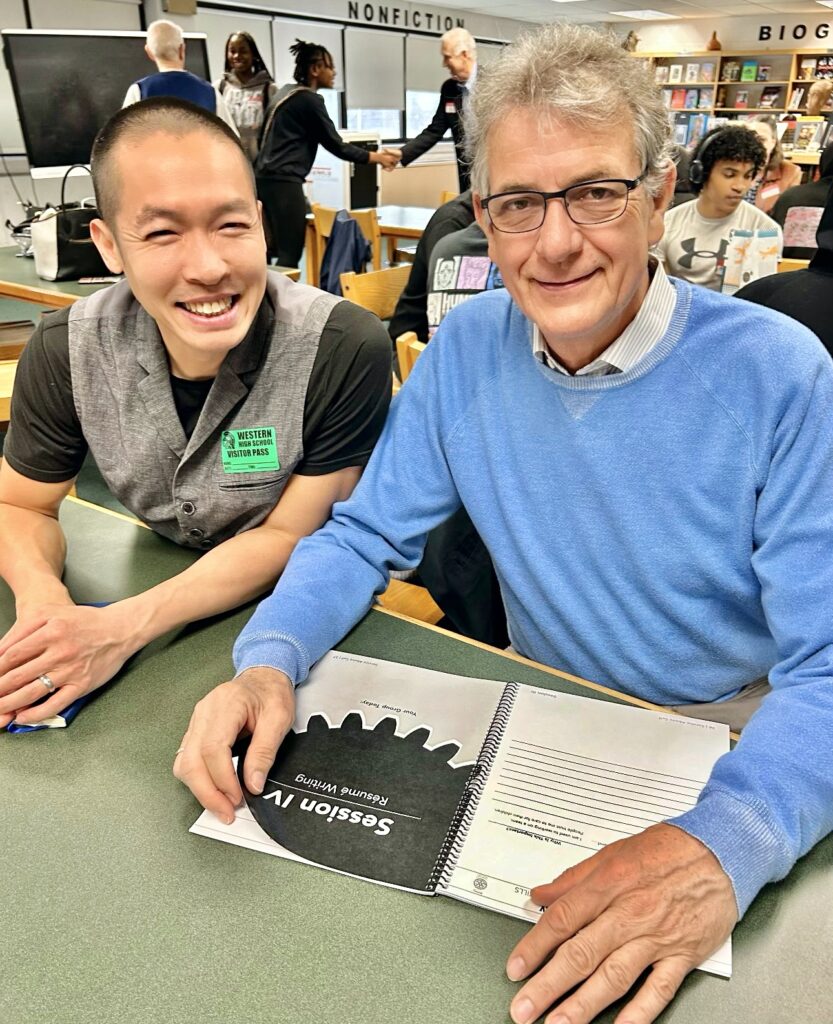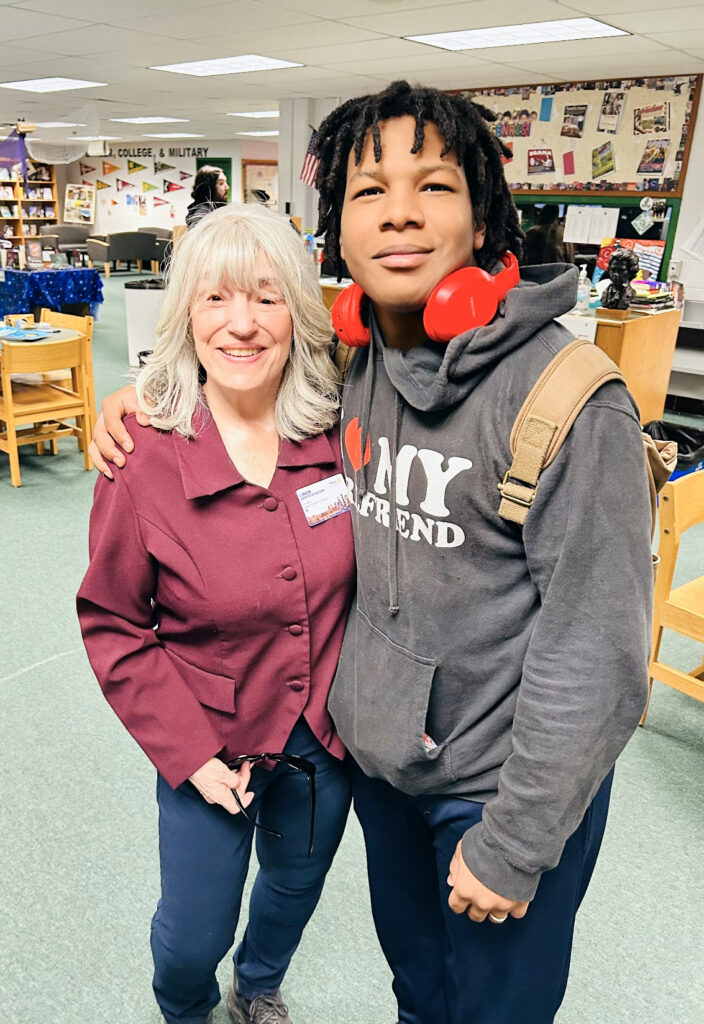In May 2023, California launched an ambitious initiative to combat the rising tide of hate crimes and incidents in the state. The California Department of Civil Rights introduced the “California vs Hate” program, a statewide multilingual hotline designed to provide residents with a platform to report hate crimes and incidents. As we approach the one-year anniversary of this pioneering initiative, it’s crucial to evaluate its impact, the challenges faced, and the lessons learned.
The California vs Hate Initiative: A Beacon of Hope
The California vs Hate hotline was established with a clear mandate: to offer a safe and accessible platform for residents to report hate crimes and incidents, regardless of their immigration status or language proficiency. The hotline operates in over 200 languages, ensuring that no community is left behind. It not only facilitates the reporting of hate incidents but also connects victims with culturally competent resources and care coordination services, including mental health support, legal aid, and financial assistance.
In its first year, the initiative has made significant strides. The hotline has received reports from 79% of the counties in California, with race, ethnicity, and country of origin being the most reported protected statuses. The second and third most reported categories are religion and sexual orientation, respectively. This data underscores the pervasive nature of hate across different communities in California.
Challenges and Adaptations: Strengthening the Network
Despite its successes, the California vs Hate initiative has faced its share of challenges. One of the primary hurdles has been overcoming the reluctance of individuals to report incidents, especially among communities that may have mistrust towards government agencies. To address this, the program has deepened its collaboration with community-based organizations (CBOs) that have established trust within these communities. These partnerships enable victims to report incidents through CBOs if they feel uncomfortable approaching the hotline directly.
Another challenge has been the vast diversity of California’s population, which necessitates a tailored approach to reach different communities effectively. The program has responded by expanding its network of CBOs and enhancing its partnerships with other state agencies, such as the California Department of Social Services and the State Library.
Looking Ahead: A Continuous Journey
As California vs Hate moves into its second year, the focus will be on increasing outreach and engagement, improving data collection and reporting, and continuing to build a robust network of support for victims of hate. The program’s commitment to providing a safe and inclusive platform for all Californians to report hate incidents remains unwavering.
The California vs Hate initiative serves as a model for other states grappling with the rise of hate crimes. It demonstrates the power of collaboration between government agencies and community organizations in addressing this critical issue. As we reflect on the first year of this groundbreaking program, we are reminded of the ongoing need for vigilance, empathy, and solidarity in the fight against hate.
REFERENCES

